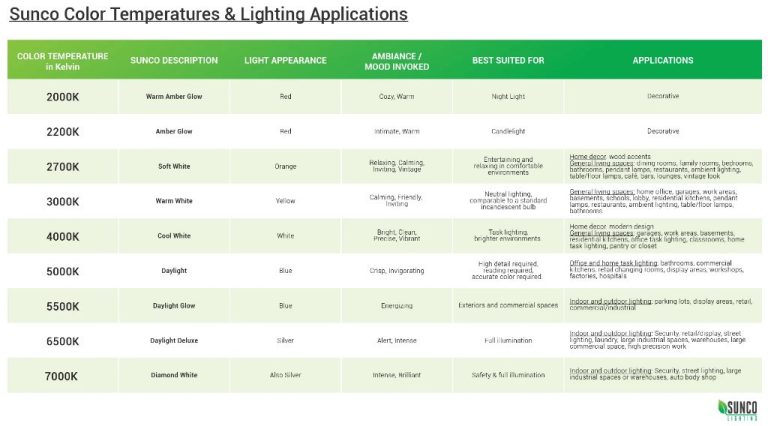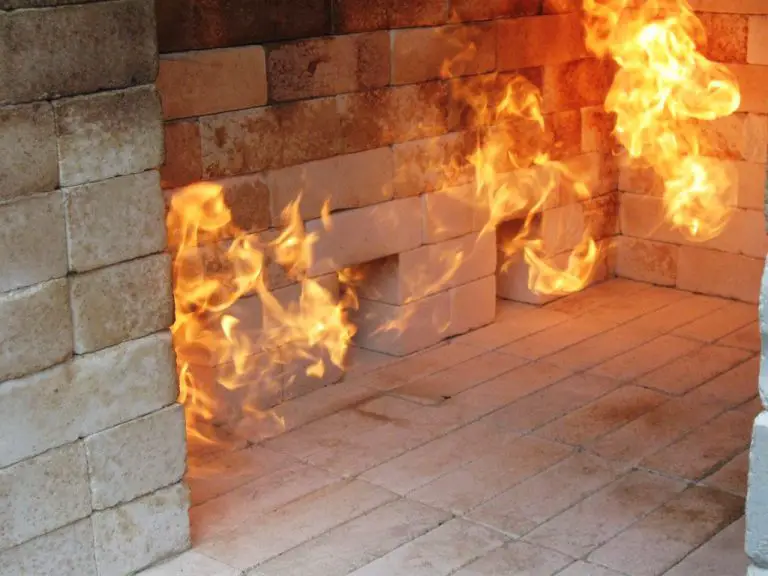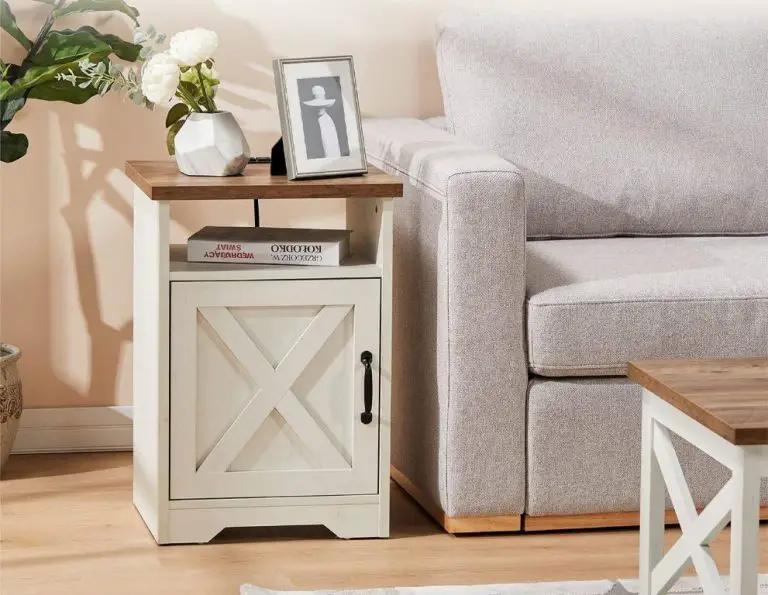How To Make 3D Model Of Solar System With Clay?
Gather Materials
To make a 3D model of the solar system with clay, you’ll need to gather some basic materials first. Here’s what you’ll need:
- Clay – Air-dry or polymer clay works best. You’ll need various colors like white, gray, brown, orange, yellow, etc.
- Acrylic or tempera paints – For adding details and textures to the planets.
- Clear glaze or varnish – To seal and protect the finished planets.
- Toothpicks – Helpful for sculpting details and attaching parts.
- Craft glue – For assembling the pieces of the model.
- Reference images – Find pictures of the planets to use as a guide.
- Paper & pencils – To sketch planet sizes before sculpting.
Make sure you have all the necessary supplies ready before starting your solar system model. Having the right materials will make the process easier and smoother.
Make the Sun
The sun is the centerpiece of the solar system, so making it should be the first step when constructing your 3D model. To form the sun, start by taking a lump of yellow or orange clay and kneading it into a smooth, rounded ball. Make the ball about 2 inches (5 cm) in diameter so it is large enough to stand out as the focal point.
To get a realistic sun shape, taper the ends of the ball slightly so it has a subtle oval shape rather than being a perfect sphere. Smooth out any cracks or creases with your fingers to get the surface as flawless as possible.
Next, use a toothpick or skewer to poke circular indentations across the surface of the clay sun to texture it. Our actual sun has a mottled appearance from all its churning gases, and this texturing will recreate that look on a small scale.
Make sure to keep the clay ball round overall. Set the finished sun aside to dry before painting it. Once dry, use acrylic paints in warm yellows, oranges, and reds to give the sun realistic coloring. Outline the craters with dark brown or black acrylic paint and add dimension. Spray with varnish to give your clay sun a nice glossy shine when complete.
Make the Planets
To make the planets, you’ll need to create clay spheres in different sizes. Here are some tips for getting the scale right:
Mercury: Make a marble-sized ball of clay for Mercury, the smallest planet. Roll a tiny piece of clay between your palms to form a sphere about 1/4 inch or 0.5 cm across.
Venus: For Venus, make a clay ball that’s a little smaller than a ping pong ball, around 0.7 inches or 2 cm across. Pinch off a piece of clay and roll it smoothly to get a sphere slightly bigger than Mercury.
Earth: Create a 1 inch or 2.5 cm clay ball for Earth. Roll a piece of clay between your palms into a ball the size of a large marble or small grape.
Mars: Make Mars about 0.8 inches or 2 cm in diameter. Pinch off a bit less clay than you used for Earth and roll another sphere slightly smaller.
Jupiter: Roll a 1.5 inch or 4 cm clay ball for Jupiter, the largest planet. Use a sizable piece of clay and roll it into a sphere about the size of a ping pong ball.
Saturn: Make Saturn around 1.2 inches or 3 cm across. Roll a piece of clay between your palms into a ball a little smaller than Jupiter.
Uranus & Neptune: Create 0.7 inch or 2 cm balls for Uranus and Neptune. Use the same amount of clay as Venus and roll smooth spheres.
The relative sizes are the most important part for showing the scale of the solar system. Keep your clay spheres together as you make each planet to ensure accurate proportions.
Add Planet Details
Adding distinctive details to each planet will make your solar system model more realistic and fun. Here are some tips for personalizing the planets:
Mercury – This rocky planet is pockmarked with craters. Use a toothpick or skewer to indent the clay surface.
Venus – Sculpt thick cloud layers by adding strips of white clay around the sphere.
Earth – Use blue clay to create oceans and green clay for landmasses. Add textured clay for mountain ranges.
Mars – Dot the red planet with small bumps for volcanoes. Make the red clay slightly textured or dusty.
Jupiter – Add bands of differently colored clay for the gas planet’s cloud layers. Insert a smaller clay sphere for the Great Red Spot.
Saturn – Cut thin rings out of paper and wrap them around Saturn’s midsection. For the rings’ shadow, add some gray clay.
Uranus – Tilt the planet on its side by attaching the clay ball off-center on your orbit. Make it a solid blue-green color.
Neptune – Use a dark blue clay and give it a glossy finish for an icy look. Add a small gray moon.
Create Orbits
To create the orbits in your solar system model, you will need thin wire and glue. Here are the steps:
Cut pieces of wire in different lengths to represent each planet’s orbit around the sun. Mercury’s orbit should be the shortest, then Venus, Earth, etc. Make the orbits proportional based on the actual distances planets are from the sun.
Take one end of the wire and wrap it around the sun a few times, securing it with glue. Then take the other end of the wire and wrap it around the corresponding planet ball, securing it with more glue.
Repeat this process for each planet. Let dry completely before moving on.
Be careful not to make the wire orbits too loose or too tight. There should be a bit of space between each planet and the wire representing its orbit.
Optionally, color code the wire pieces with paints that match each planet for a more realistic effect.
Once assembled, your model solar system will have beautiful orbit rings circling the sun!
Assemble the System
Once you have created all the planets and the sun, it’s time to assemble them into a complete solar system model. Here are the steps for putting it all together:
1. Place the sun clay model in the center of your display area. This will serve as the anchor for your solar system.
2. Take the clay model of Mercury and attach one end of the toothpick orbit to the sun. Angle the toothpick so Mercury is orbiting the sun.
3. Take Venus and attach one end of its toothpick orbit to the sun, angling it slightly away from Mercury’s orbit.
4. Continue attaching the planets in order – Earth, Mars, Jupiter, Saturn, Uranus, Neptune. Angle the toothpick orbits so they are all circling around the sun without touching.
5. Use short pieces of wire to attach the moons to their planets. For example, attach the moon model to orbit Earth.
6. Optionally use wire stands or supports to hold the planets in position so they don’t drag down from their own weight.
7. Step back and adjust any orbits or angles as needed. Your clay solar system model is now complete!
Add Finishing Touches
Once you have assembled all of the planets and their orbits, it’s time to add some finishing touches to give your model more personality and make it look complete. Here are some ideas for finishing touches you can add:
- Make planet name tags – Cut out small circles or rectangles from cardstock and write the name of each planet on them. Use a toothpick to poke a hole and thread string through the tag, then tie it around each planet.
- Add a background – Paint the base black or dark blue and sprinkle with glitter to represent space. Alternatively, you could glue on a photograph of space.
- Make a base – Glue the orbits down onto a sturdy base like wood or thick cardboard before you attach the planets.
- Add a frame – Build a frame to go around the edges of the base and attach information cards about each planet.
- Decorate the sun – Add surface details to the sun with yellow and orange paint or permanent markers.
- Free standing planets – For a cool effect, make wire stands for planets like Earth and Jupiter to hold them up above the base.
Get creative with additional details to make your model unique! Finishing touches like these really bring the solar system to life.
Paint and Varnish
Painting your clay solar system model brings it to life with vibrant colors. Carefully paint each planet according to images of the real solar system. Earth can be various shades of blue and green, while Jupiter may have orange, white, brown and red bands. Mars is known for its reddish hue.
When painting smaller details, use a fine brush. You may need a magnifying glass to see tiny features. Take your time and don’t rush this step. Complex designs like Saturn’s rings or Jupiter’s swirling cloud bands require patience and a steady hand.
After the paint has fully dried, add a layer of varnish or sealer. This protects the paint and clay from chips and smudges. A gloss varnish will give your planets a shiny look. Consider a matte or satin varnish for a more muted effect. Apply multiple thin coats and allow to fully dry between coats for best durability.
With colorful paints and a protective seal, your homemade solar system will look like a miniature version of the real thing!
Learn More Facts
Making a model of the solar system is a great way to spark kids’ interest in science and astronomy. As they work on the model and admire the finished product, here are some fascinating facts about our solar system to share:
Interesting Solar System Facts
The Sun contains 99.8% of the mass of the entire solar system. This star is so large that about 1 million Earths could fit inside it!
The order of the planets from the Sun is: Mercury, Venus, Earth, Mars, Jupiter, Saturn, Uranus, and Neptune. An easy way to remember is with the sentence “My Very Educated Mother Just Served Us Nachos.”
Jupiter has unique cloud bands and the largest, most intense storms in our solar system, including the Great Red Spot, which has raged for over 300 years.
Saturn has the most extensive rings in our solar system, primarily made of chunks of ice and small amounts of carbonaceous dust. The main rings stretch out 175,000 miles from the planet.
Uranus rotates on its side, so it essentially orbits the Sun rolling like a ball rather than spinning like other planets.
Neptune has supersonic winds that whip around the planet at almost 1,600 mph, the fastest planetary winds in the solar system.
Pluto is now classified as a dwarf planet, but it will always hold a special place in our hearts and models. This distant icy world resides in the Kuiper Belt past Neptune.
The unique characteristics of each planet offer learning opportunities galore. Use the solar system model to inspire kids to explore more about space science!
Display and Enjoy
After all your hard work creating an intricate model of the solar system, you’ll want to proudly put it on display. Here are some tips for showcasing your clay solar system:
Find an open shelf or tabletop where it can be the centerpiece. Make sure it’s sturdy and level so your planets don’t roll around. Place it near a window if possible so the sun can illuminate your model during the day.
Consider displaying it on a mirrored surface or inside a clear glass box. This will allow people to view it from all angles and appreciate the 3D nature of your sculpted spheres.
Spotlight your model with a desk lamp or track lighting from above. Angle the light to highlight different planets and add drama. Turn off overhead lights so the illuminated model pops against the darkness.
Add a dark backdrop like black posterboard to make the planets really stand out. You can also suspend the planets from the ceiling at different heights for a floating effect.
Attach labels or flags to toothpicks listing facts about each planet. Place them in the clay bases to identify each one. Or put up framed photos of the real planets near your model.
Switch up the layout over time to focus on different planetary alignments. Adjust the orbits to reflect different points in time.
Your artistic solar system is an inspiring way to appreciate the vastness of space. With smart display choices, it can educate and delight everyone who sees it.



